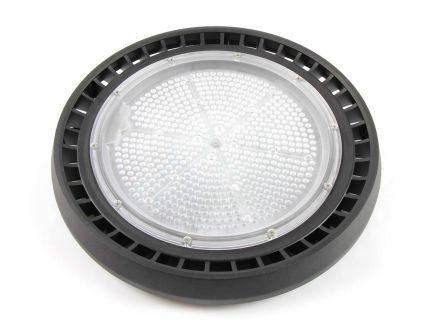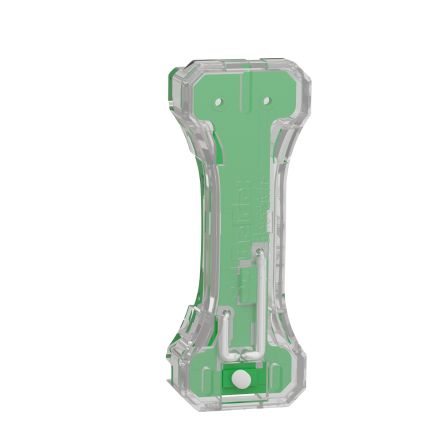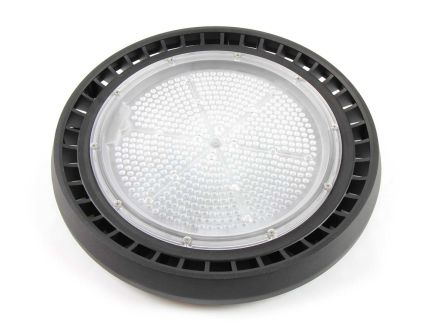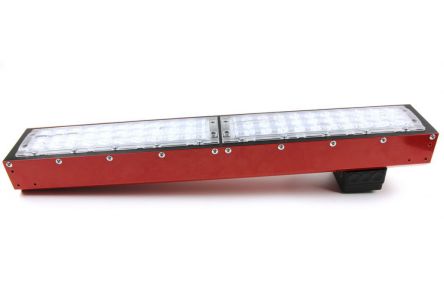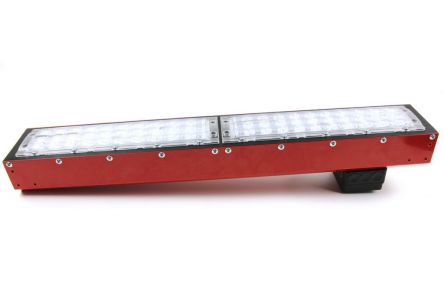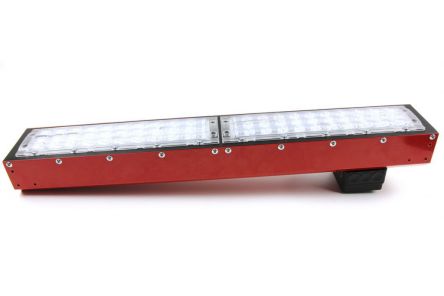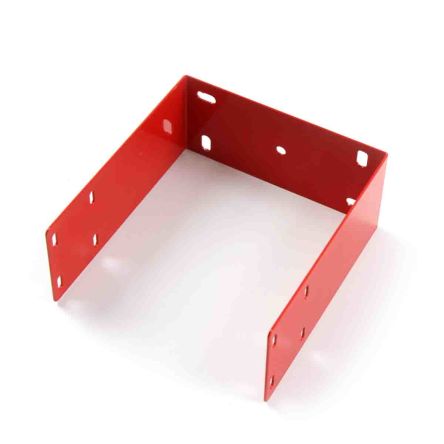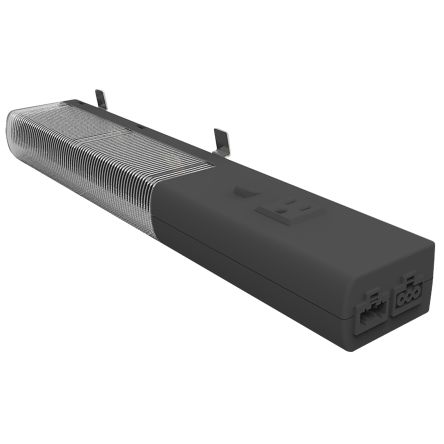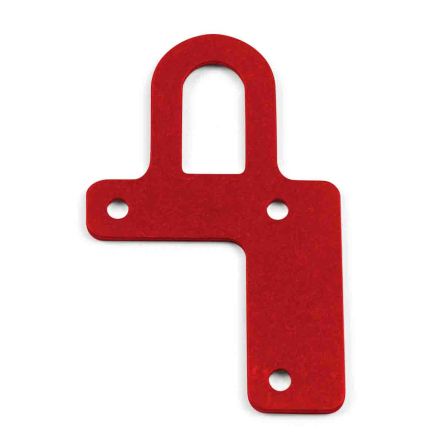- Automation & Control Gear
- Cables & Wires
- Enclosures & Server Racks
- Fuses & Circuit Breakers
- HVAC, Fans & Thermal Management
- Lighting
- Relays & Signal Conditioning
- Switches
- Batteries & Chargers
- Connectors
- Displays & Optoelectronics
- ESD Control, Cleanroom & PCB Prototyping
- Passive Components
- Power Supplies & Transformers
- Raspberry Pi, Arduino, ROCK, STEM Education & Development Tools
- Semiconductors
LED Grow Lights
Grow lighting is used to cultivate plants indoors, as well as outdoors. The main purpose of grow lights is to simulate the sun's light spectrum. This helps your plants get the right amount of light they need to grow and thrive. LED Grow Lights are the best grow lights for your indoor gardening needs. They are more energy efficient than other types of grow lights and can also be used outdoors.
The main difference between LED grow lights and HID grow lights is that LEDs produce light in a specific spectrum that is beneficial for plant growth, while HIDs emit a broader spectrum of light that is suitable for a variety of plants.
LEDs are also much more energy efficient than HIDs, which means they’re kinder to the environment (and your wallet!). They’re relatively inexpensive, they use less electricity than conventional grow lights, and they last longer.
Type of LED Grow Lights
Grow lights come in different types and features depending on where they’ll be used and the needs of the plant such as heat. Here is a guide to the types of grow lights:
Genoa LED Grow Light
The Genoa LED grow light is a compact yet durable wide-angle Led plant light that is ideal for seeding. The Genoa LED grow light is designed for easy installation in small greenhouses and polytunnels, and it includes an integrated heatsink for optimal thermal management and optical design.
Florence LED Grow Light
The Florence product line is designed specifically for low and no-light applications, maximizing growth potential while minimizing initial and ongoing operating costs. Florence is no more profound than a standard fluorescent tube fitting, so replacing fluorescent now saves you growing space.
High-Intensity Discharge (HID)
High-Intensity Discharge (HID): HID lamps are the most popular and widely used Indoor grow lights. They offer high efficiency and intensity but also produce a lot of heat. The most common HID lamps come in two forms: Metal Halide (MH) and High-Pressure Sodium (HPS).
How Do Led Grow Lights Work?
All plants need at least some light to survive. Without sunlight, plants cannot produce chlorophyll or photosynthesis, so they cannot convert light into energy or food (sugars). This would eventually lead to death if no other source of energy were available (such as nutrients from the soil).
Factors To Consider When Choosing A Led Grow Light
Different factors affect the type of grow lights you choose for your plant. They include:
Plant Growing Space
Choose the right size that will fit your plant's growing space. If you're growing in a small space, choose a smaller unit. If you're growing in a large area, choose a bigger one.
Quality Build & Materials
Look at the build quality of the product and see if it's made of high-quality materials or not. You want something that lasts long and performs well for years to come.
Electricity Output And Consumption
You want something that uses less electricity but produces more light for your plants. Look at the wattage of the grow light you want to buy and make sure it's not too high for your needs or too low for what you need to grow better plants with better yields!
Low Heat Output
Most LED growth lights produce very little heat, which is suitable for indoor growing as it will keep your room temperature cool which is important if you live in hot climates. Also, they are easier on your wallet as they don't consume much energy, so they save money on electricity bills!
